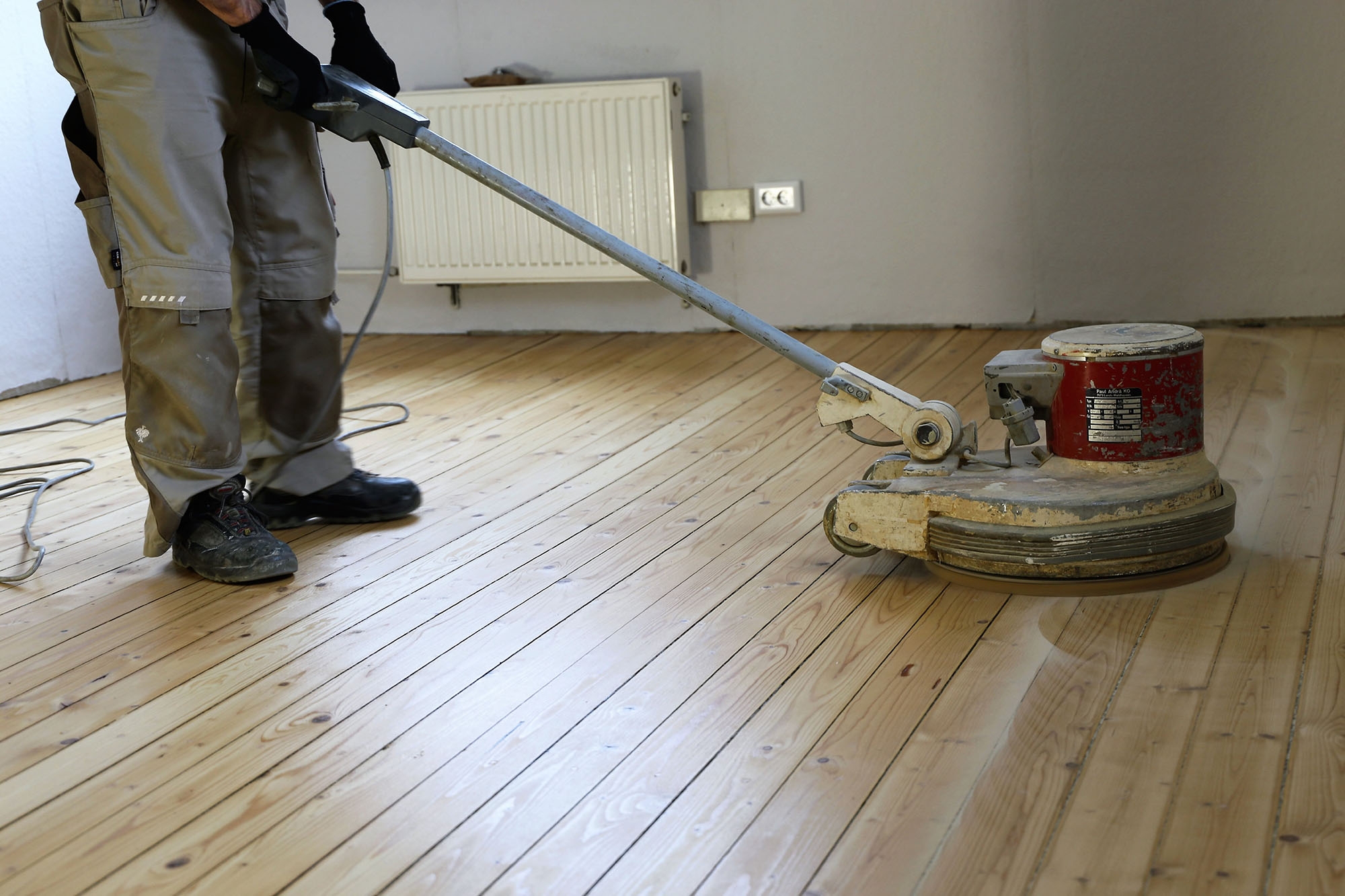Welcome to our blog, where we are going to dive deep into the world of floor sanding. Whether you're a homeowner looking to transform worn-out floors or a contractor seeking to enhance the appearance of a space, Floor Sanding Melbourne can be a game-changer.
In this blog post, we will explore the ins and outs of floor sanding, discuss its benefits, and provide a step-by-step guide. Floor sanding is the process of removing the top layer of a wooden floor to reveal a fresh and appealing surface. By sanding the floor, you can restore its former glory and enhance the overall aesthetic of any space.
Benefits of Floor Sanding
The benefits of floor sanding are numerous, both in terms of aesthetics and functionality. From a visual standpoint, sanding can breathe new life into tired-looking floors, making them appear brighter, cleaner, and more inviting.
It can also help to remove deep scratches and stubborn stains that regular cleaning methods fail to eliminate. Additionally, Floor sanding Melbourne can improve the overall value and marketability of a property, making it an excellent investment for homeowners and real estate professionals alike.
A Step-by-Step guide to floor sanding
Step 1: Preparing the Area
Before you begin sanding, clear the room of furniture and objects. This will allow you to move freely and avoid any obstacles that may hinder the sanding process. Additionally, ensure proper ventilation by opening windows or using fans to minimize the buildup of dust and fumes.
Step 2: Inspecting the Floor
Take a close look at the floor and identify any loose boards, nails, or damaged sections. Make any necessary repairs before proceeding with sanding to ensure a smooth and even surface.
Step 3: Choosing the Right Grit
Different floors require different grit levels to achieve optimal results. Coarse-grit sandpaper is typically used for initial sanding to remove old finishes, paint, or deep scratches. As you progress, switch to finer-grit sandpapers for intermediate and fine finishing. It's important to choose the right grit sequence based on your floor's condition to achieve the desired outcome.
Step 4: Initial Sanding
Start with the coarse-grit sandpaper and use the floor sander to move in a consistent direction, maintaining even pressure. This step will remove the top layer of the floor and prepare it for the subsequent sanding stages. Be sure to cover the entire floor surface evenly to avoid any uneven patches.
Step 5: Intermediate Sanding
Once you have completed the initial sanding, switch to finer-grit sandpapers to achieve a smoother finish. Again, move in a consistent direction, overlapping each pass to ensure uniformity. Pay close attention to any areas that may require extra attention, such as high-traffic areas or spots with deep scratches.
Step 6: Fine Finishing
For the final touches, use very fine-grit sandpapers to eliminate any remaining imperfections and achieve a polished look. Take your time during this stage and pay attention to detail. Any small imperfections left behind can be noticeable once the floor is finished, so be thorough in your sanding.
Step 7: Cleaning Up
After completing the sanding process, it's important to remove all dust and debris from the sanded area. Use a vacuum cleaner, broom, or damp cloth to ensure a thorough clean-up. This step is crucial before applying any finishes or sealants to the floor.
Conclusion
In conclusion, floor sanding is a transformative process that can breathe new life into worn-out floors. Whether you're a homeowner looking to revitalize your living space or a contractor seeking to enhance a property's value, floor sanding is a worthwhile investment. Get started on your floor sanding Melbourne and enjoy the benefits of a beautifully restored floor.

No comments:
Post a Comment